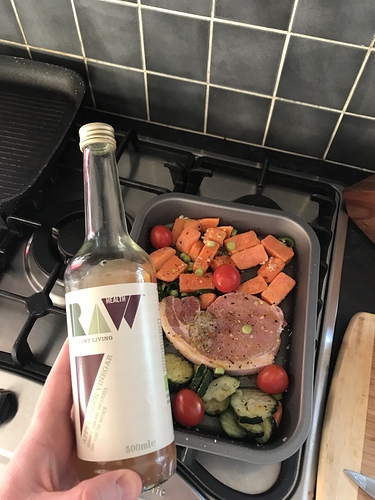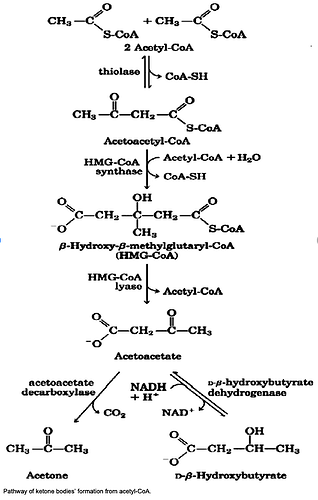Considering I got 2-quarts of organic apple cider vinegar with the mother at Costco for $6, who cares? How much time are you willing to waste researching something that might cost you a couple bucks more over the course of an entire year? I have better things to do personally.
Apple Cider Vinegar (organic)
For what it’s worth - mine was about £5 off Amazon and it’s absolutely delightful.
I’d be interested to see the science, but for me, it makes most of my foods so much nicer… especially when you get to the bottom of your salad bowl and there’s a little pool of ACV waiting for you to spoon 
If you’re looking for something like results from a Randomized Controlled Trial, I doubt there is much motivation to carry out such a trial given the potential monetary pay-off of proving a certain benefit for something which can be made so cheaply.
Here’s a perspective on that…
Observational studies are more likely, but aren’t quite the hard science that you’re looking for.
If I were to go the “n=1” route on ACV, what markers would I track to confirm or deny ACV’s efficacy?
The only thing that springs to mind that can be accurately measured would be your bio-markers via blood tests etc.
Some of the more bio-science oriented members may be able to give a more detailed answer.
I just started my “splash a day” of Nonna Pia’s organic, unfiltered, unpasteurised ACV in my 1/4 cup berry & 1/2 cup almond milk smoothy … excited to see what changes may occur … Fun times playing with the guts Ph ! 
Some interesting points from the study linked to in the three-year old post above:
Vinegar, from the French vin aigre , meaning “sour wine,” can be made from almost any fermentable carbohydrate source, including wine, molasses, dates, sorghum, apples, pears, grapes, berries, melons, coconut, honey, beer, maple syrup, potatoes, beets, malt, grains, and whey. Initially, yeasts ferment the natural food sugars to alcohol. Next, acetic acid bacteria (Acetobacter) convert the alcohol to acetic acid. . . .
The longer fermentation period allows for the accumulation of a nontoxic slime composed of yeast and acetic acid bacteria, known as the mother of vinegar. Vinegar eels (nematoda Turbatrix aceti ) feed on these organisms and occur in naturally fermenting vinegar. Most manufacturers filter and pasteurize their product before bottling to prevent these organisms from forming. After opening, mother may develop in stored vinegar; it is considered harmless and can be removed by filtering. Many people advocate retaining the mother for numerous, but unsubstantiated, health effects.
The chemical and organoleptic properties of vinegars are a function of the starting material and the fermentation method. Acetic acid, the volatile organic acid that identifies the product as vinegar, is responsible for the tart flavor and pungent, biting odor of vinegars. However, acetic acid should not be considered synonymous with vinegar. The US Food and Drug Administration (FDA) states that diluted acetic acid is not vinegar and should not be added to food products customarily expected to contain vinegar.[3] Other constituents of vinegar include vitamins, mineral salts, amino acids, polyphenolic compounds (eg, galic acid, catechin, caffeic acid, ferulic acid), and nonvolatile organic acids (eg, tartaric, citric, malic, lactic).
My understanding is most of the beneficial effects are due to the acetic acid - whatever other stuff may or may not be contained therein - so simple, plain vinegar will work as well as ‘organic ACV’ at multiple times the price. Acetic acid metabolizes to an acetylCoA which in turn metabolizes to acetoacetate:
The article linked above says otherwise, actually. The authors take pains to distinguish between acetic acid and vinegar, and list a number of benefits from vinegar that come from other elements besides the acetic acid content. That surprised me, when I read it.
I have been adding generous splashes to my herbal tea (orange tea, peppermint, lemon) and oh my … its makes the tea taste like an alcoholic hot beverage !! It’s incredible !! So yum !


